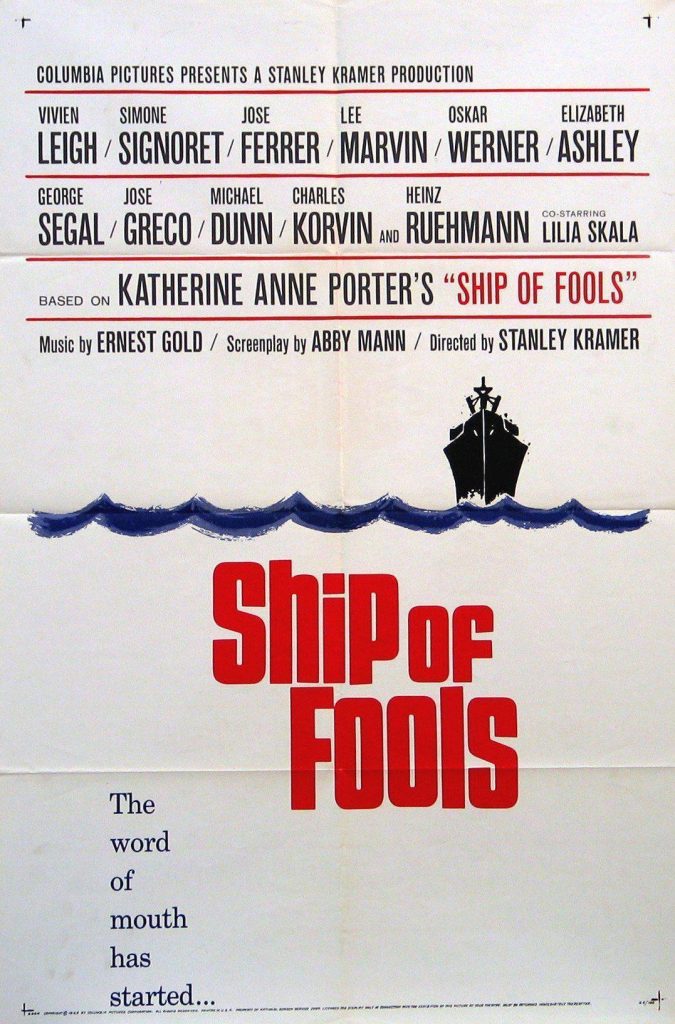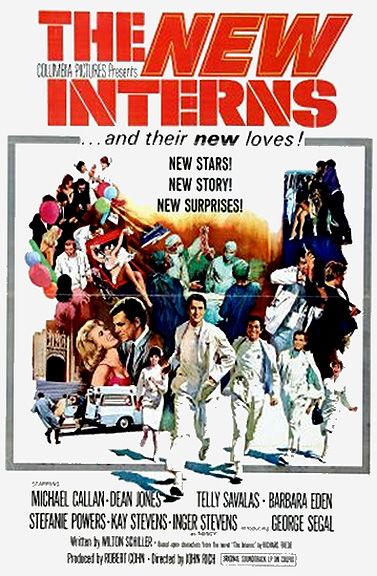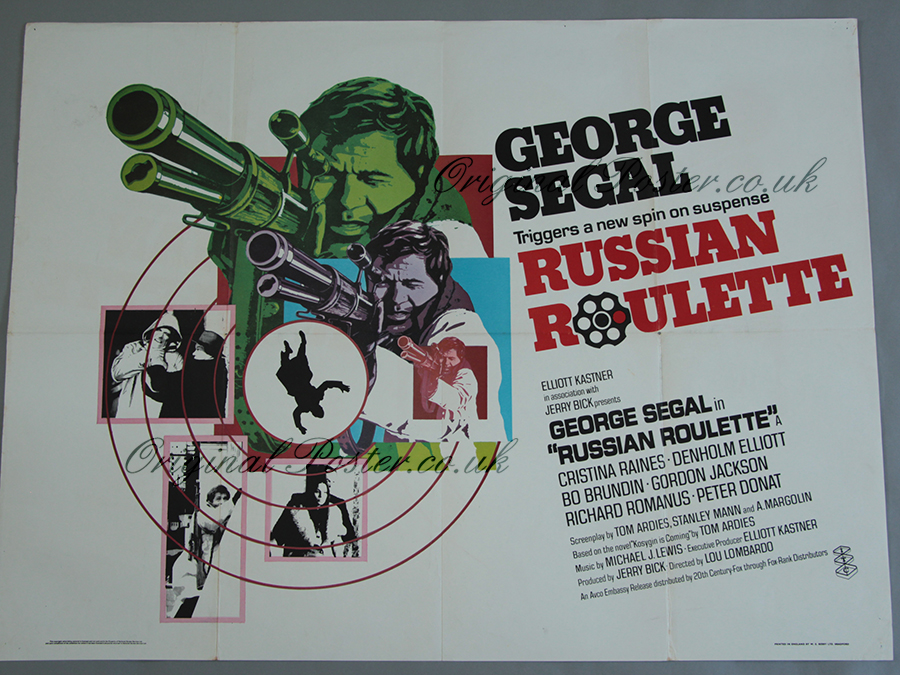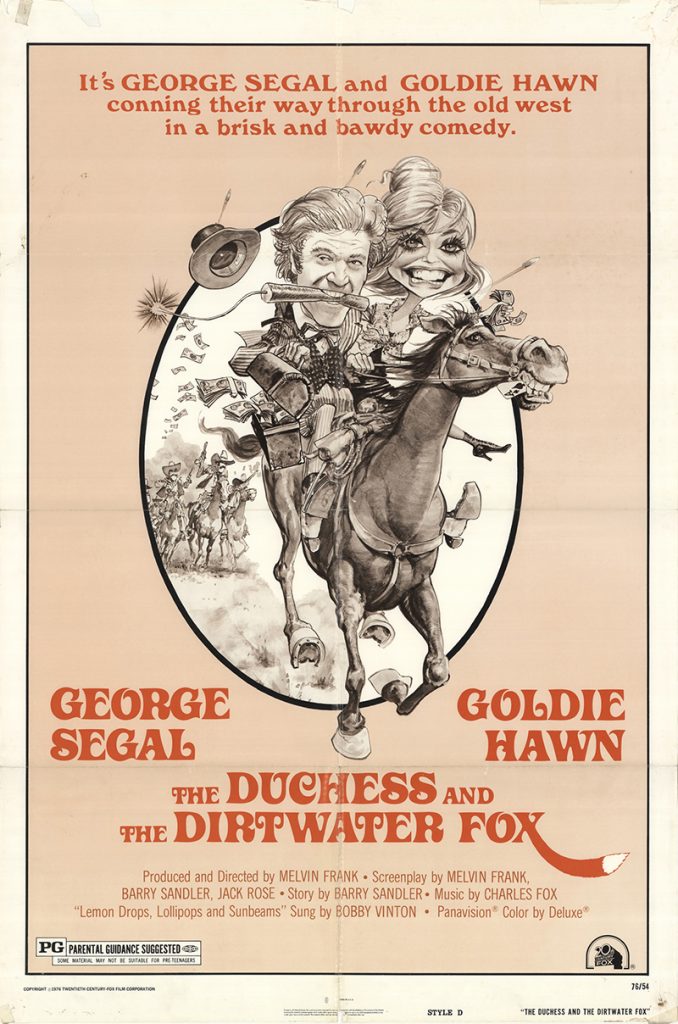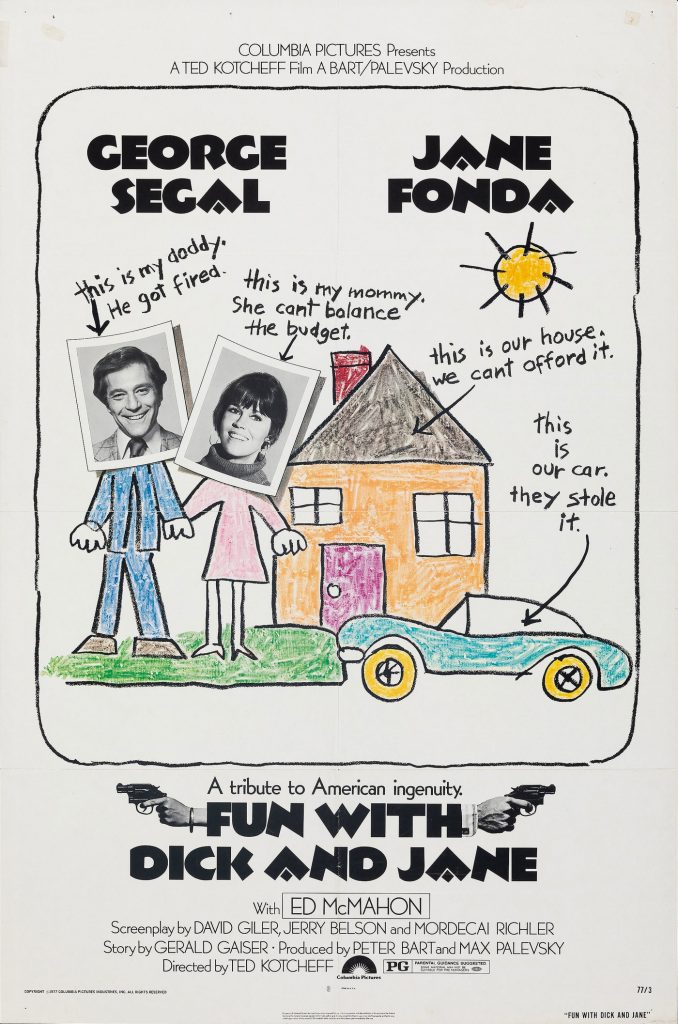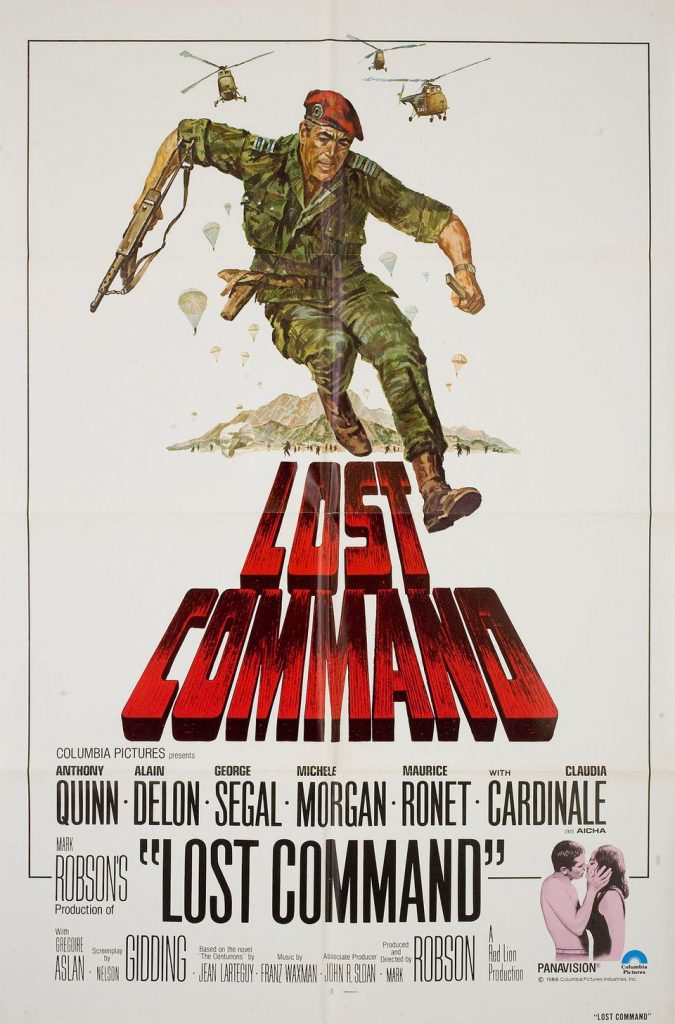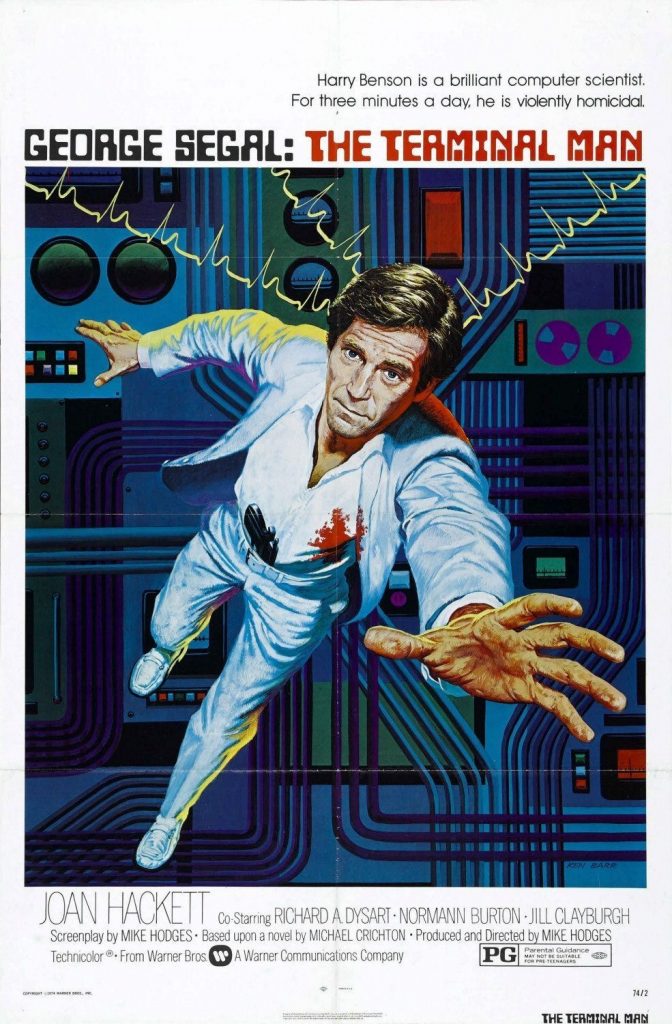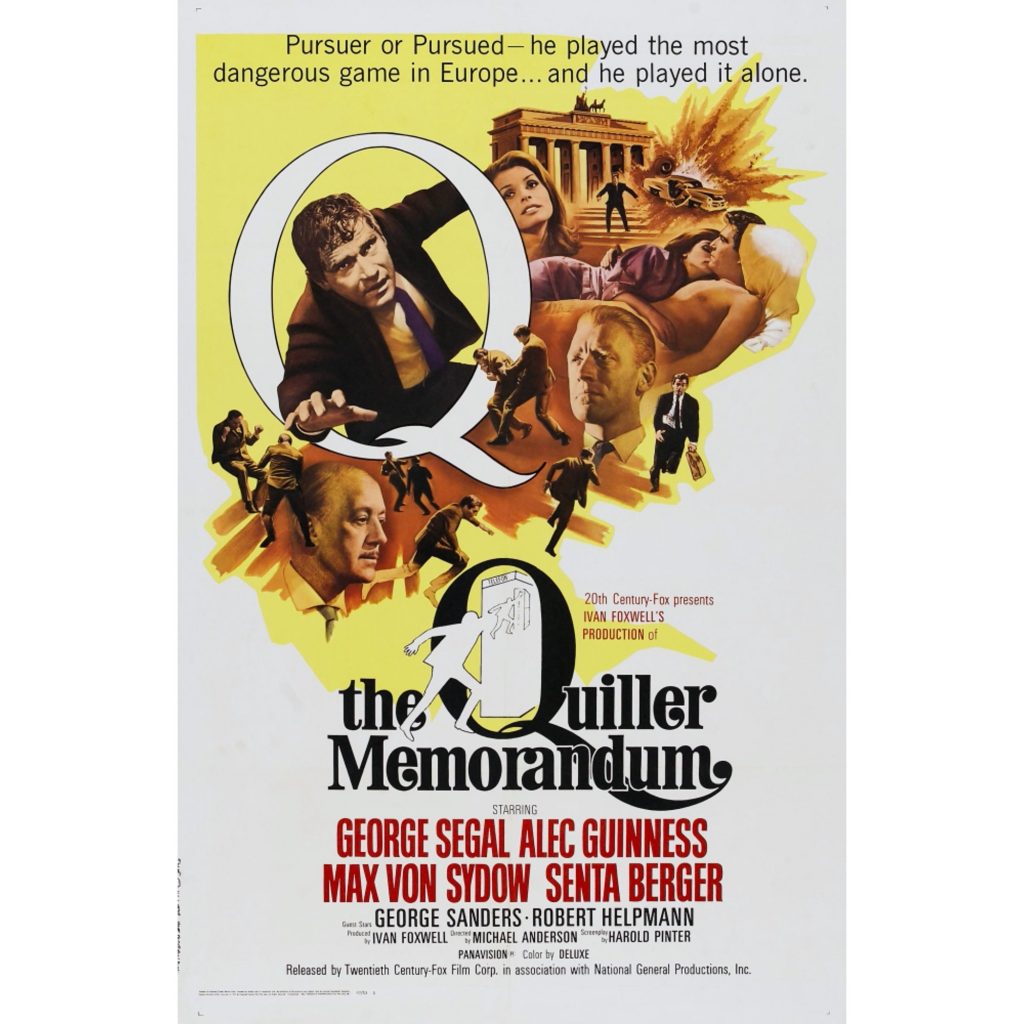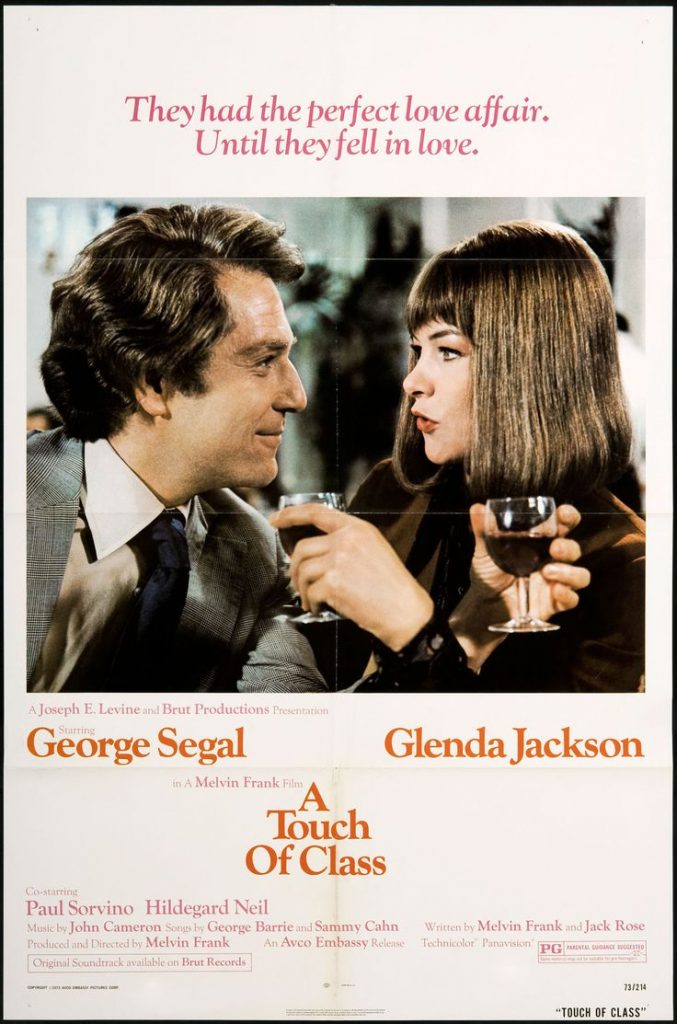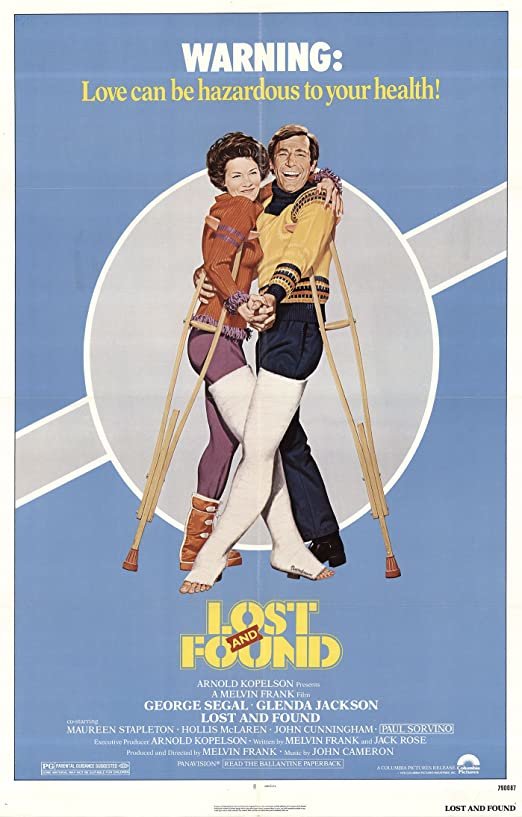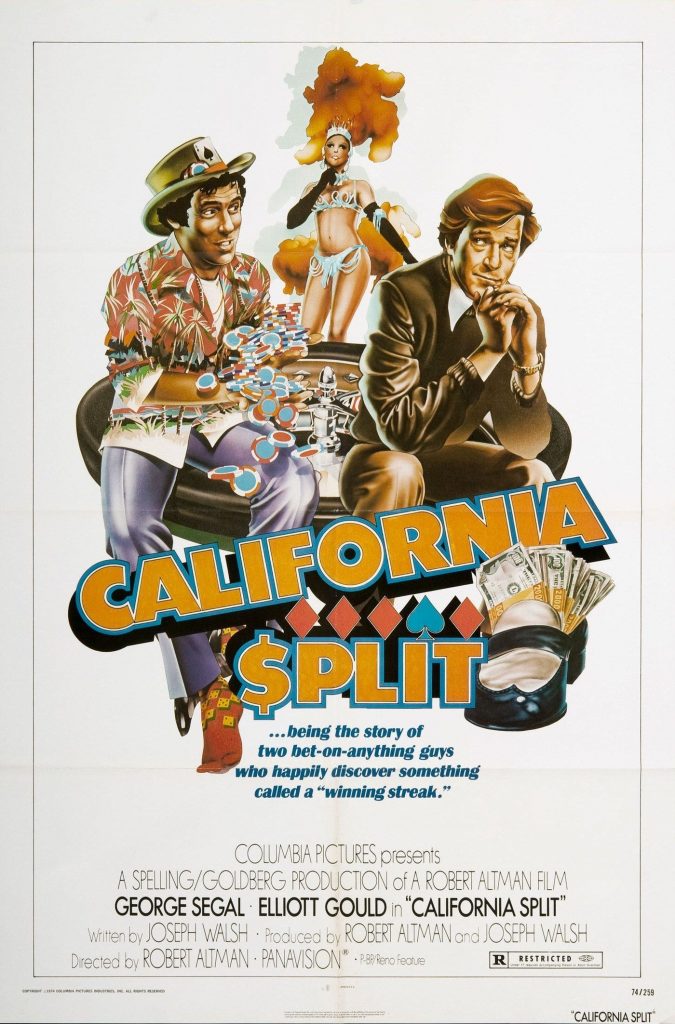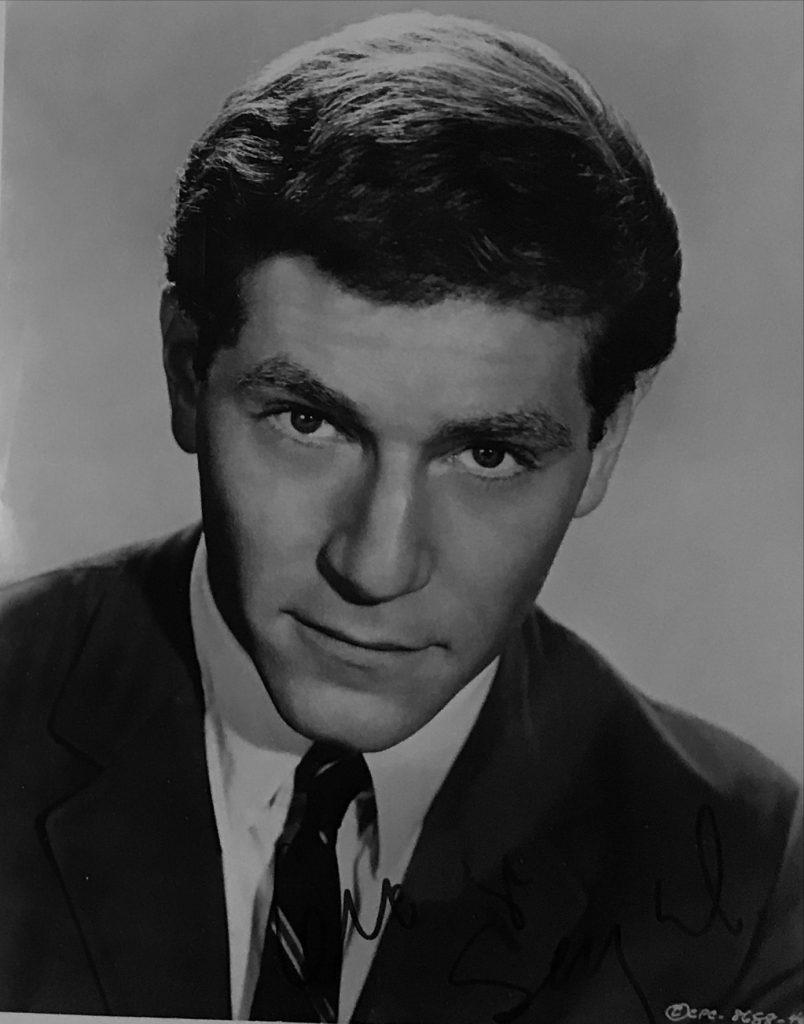

George Segal
George Segal was born in 1934 in Great Neck, New York. He is a 1955 graduate of Columbia University. In 1961 he made his movie debut in “The Young Doctors”. Other films in which he had leading roles include “Ship of Fools”, “King Rat”, “Who’s Afraid of Virginia Woolf” and “Lost Command”. He gave a terrific performance in “No Way to Treat A Lady”. George Segal died in 2021 aged 87.
‘Guardian’ obituary in 2021
George Segal, who has died aged 87, was among the leading Hollywood stars from the mid-1960s until the mid-70s, and possessed the gift, as Jack Lemmon did, of making neurotic behaviour not only funny but sympathetic.
In 1965, as the eponymous King Rat in Bryan Forbes’s film set in a Japanese PoW camp, Segal was in his element as a smart-alec American among the stiff-upper-lip British, surviving by conning his fellow prisoners and camp officers. The following year, he was Oscar-nominated as best supporting actor for his role in Mike Nichols’s adaptation of Edward Albee’s play Who’s Afraid of Virginia Woolf? Richard Burton and Elizabeth Taylor were magnificent as the tired middle-aged academic and his wife who vent their long-simmering frustrations on two hapless guests, a young lecturer in biology and an understandably nervous wife. Segal and Sandy Dennis in the latter roles were not overshadowed by the virtuoso seasoned performers.
In the same year, Segal was Biff Loman in a CBS television production of Death of a Salesman, opposite Lee J Cobb (the original Willy Loman), and starred in an intriguing espionage thriller about the activities of neo-Nazis in contemporary Germany, The Quiller Memorandum. It was intriguing partly because Segal’s nervy acting style clashed fruitfully with the dry, understated sarcasm of his co-star, Alec Guinness.
In 1968, he appeared as George to Nicol Williamson’s Lennie in a TV production of John Steinbeck’s Of Mice and Men, and in Sidney Lumet’s Bye Bye Braverman, a New York comedy about a group of Jewish intellectuals who meet at the funeral of an old friend. As the latter proved, Segal’s forte was urbane neuroticism. This was seen to advantage in two films in which he played Jewish sons: No Way to Treat a Lady (1968), as a cop whose girlfriend (Lee Remick) meets disapproval from his mother (Eileen Heckart); and Where’s Poppa? (1970), in which Segal tries to give his mother (Ruth Gordon) a heart attack by dressing in a gorilla suit and jumping on to her bed. “You almost scared me to death,” she cries. “Almost is not good enough,” he replies.
In Loving (1970), Segal was amusing as a New York illustrator who finds that his family life, professional ambitions and extramarital involvements are settling into parallel ruts; and in The Owl and the Pussycat (also 1970), a pleasantly raunchy farce, Segal as a reserved wannabe writer was teamed successfully with Barbra Streisand as a garrulous part-time sex worker.
But his happiest pairing was with Glenda Jackson in the delightful A Touch of Class (1973), the kind of witty sex-war saga that was popular in the 70s, and in which Segal excelled.
The film boosted Segal’s career even further, but by the time the partnership was resumed in Lost and Found (1979), a so-called comedy in which Segal and Jackson played a pair of academics who meet and squabble on the ski slopes, it was heading downwards.
However, back in 1973, Segal was still on a roll with Paul Mazursky’s Blume in Love, a comedy both romantic and satirical, and Robert Altman’s California Split (1974), a freewheeling study of compulsive gambling. Despite having proved he had the emotional weight for drama, Segal decided thereafter to opt for light comedy, though his choices could be misguided. His comic flair failed to rescue The Black Bird (1975), a limp send-up of The Maltese Falcon and the 40s private-eye genre, nor could he do much to salvage The Duchess and the Dirtwater Fox (1976), a charmless jumble of western parodies and slapstick in which he was teamed with Goldie Hawn, or Fun With Dick and Jane (1977), with Jane Fonda and Segal as yuppie bank robbers.
Although Segal continued to work regularly throughout the following decades, even scaling some heights, his star power had burned itself out. In 1979, he turned his back on a film that might have rejuvenated his career. He walked off the lot on the first day of shooting Blake Edwards’s 10, protesting at the amount of control he felt his co-star, Julie Andrews, wife of the director, had over the film. He also insisted that his wife, Marion Sobel, should participate in the editing and production. Orion Pictures filed a legal action seeking damages and Segal counter-sued. With the crew and cast standing by, Edwards summoned Dudley Moore to take over the romantic lead, and the film was a huge hit.
Segal was born in New York, the youngest of four children of George Segal, a hop and malt agent, and Fannie (nee Bodkin), and grew up in Great Neck, Long Island. Although the family was Jewish, he was educated at a Quaker boarding school in Pennsylvania. An accomplished banjo player, Segal played with Bruno Lynch and his Imperial Jazz Band before enrolling at Columbia University to study drama. After graduation, he joined the off-Broadway company Circle in the Square. Following three years’ military service, Segal resettled in New York, becoming one of the original members of Theodore J Flicker’s satirical revue The Premise in 1960.
His film debut was in the entertaining hospital soap opera The Young Doctors (1961), as a rather bland intern. In The New Interns (1964), he was far better as a grim-faced ex-con doctor, and in the same year played a bitter civil war veteran, whom Yul Brynner is contracted to kill, in Invitation to a Gunfighter. In 1965, Segal held his own among a starry cast as a tortured artist in Stanley Kramer’s Ship of Fools, and moved into the most successful period of his career.
In the 80s and 90s, as his film roles declined, Segal found work mainly in TV dramas. In a 1994 episode of The Larry Sanders Show, Larry (alias Garry Shandling), a talkshow host, tries to stay awake while Segal (self-mockingly) reels off the titles of all the movies he has acted in recently that have had difficulty getting released. Afterwards, Larry is heard backstage telling everyone that he has got to start getting some fresh new guests.
Yet Segal did pop up in excellent supporting roles, mainly as fathers, in several films, such as the boorish businessman father of Kirstie Alley’s precocious baby in Look Who’s Talking (1989) and Look Who’s Talking Now (1993); Ben Stiller’s neurotic father in David O Russell’s Flirting With Disaster (1996); and Matthew Broderick’s father in The Cable Guy (1996).
From 1997 to 2003, Segal was looking sharp and playing, with comic finesse, the fashion magazine owner Jack Gallo in the TV sitcom Just Shoot Me!, and had another long-running TV role from 2013 onwards as Albert “Pops” Solomon in The Goldbergs. He was back on Broadway in Art in 1999, and in the same role at Wyndham’s theatre in London in 2001.
His marriage to Marion ended in divorce in 1983, after 27 years. His second wife, Linda Rogoff, whom he married in 1983, died in 1996. Later that year he married Sonia Schultz Greenbaum, his high-school sweetheart, whom he ran into at a class reunion. She survives him, as do two daughters, Polly and Elizabeth, from his first marriage.
George Segal, actor, born 13 February 1934; died 23 March 2021
Ronald Bergan died in 2020
